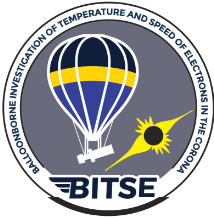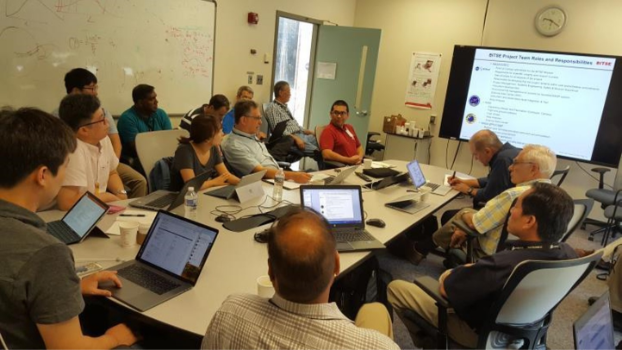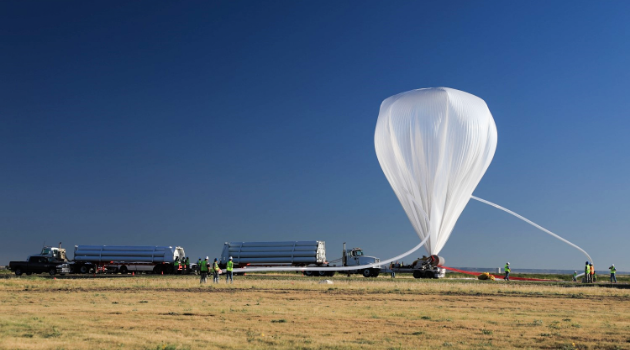
The Balloon-borne Investigation of Temperature and Speed of Electrons in the corona (BITSE) mission was launched to observe the solar corona from ~3 R_sun to 15 R_sun at four wavelengths (393.5, 405.0, 398.7, and 423.4 nm). The BITSE instrument is an externally occulted single stage coronagraph developed at NASA’s Goddard Space Flight Center in collaboration with the Korea Astronomy and Space Science Institute (KASI). BITSE used a polarization camera that provided polarization and total brightness images of size 1024×1024 pixels. The Wallops Arc Second Pointing (WASP) system developed at NASA’s Wallops Flight Facility (WFF) was used for Sun-pointing. The coronagraph and WASP were mounted on a gondola provided by WFF and launched from the Fort Sumner, New Mexico station of Columbia Scientific Balloon Facility (CSBF) on September 18, 2019. BITSE obtained 17,060 coronal images at a float altitude of ~128,000 feet (~39 km) over a period of ~4 hrs. It is the first time to demonstrate both the single-stage externally occulted coronagraph and the polarization camera in near space.



@2x.png)







